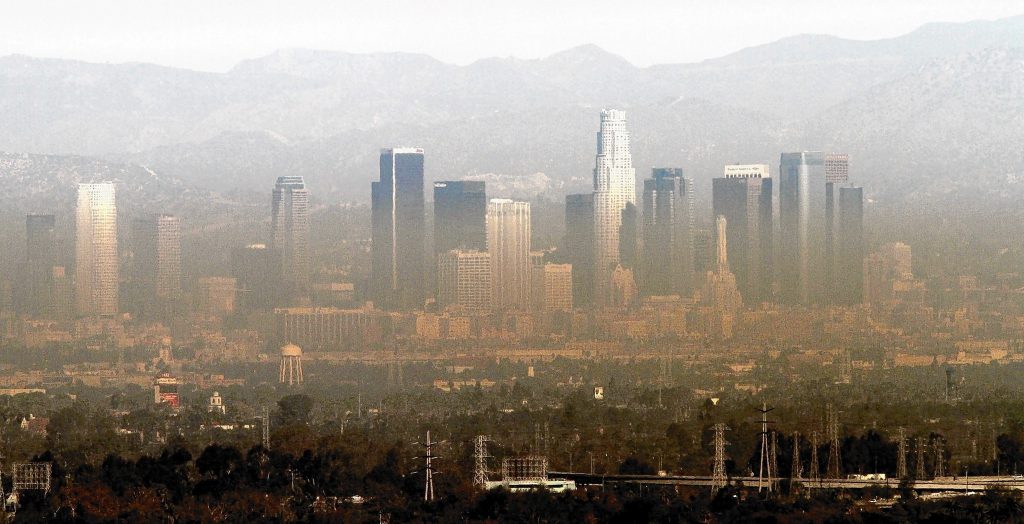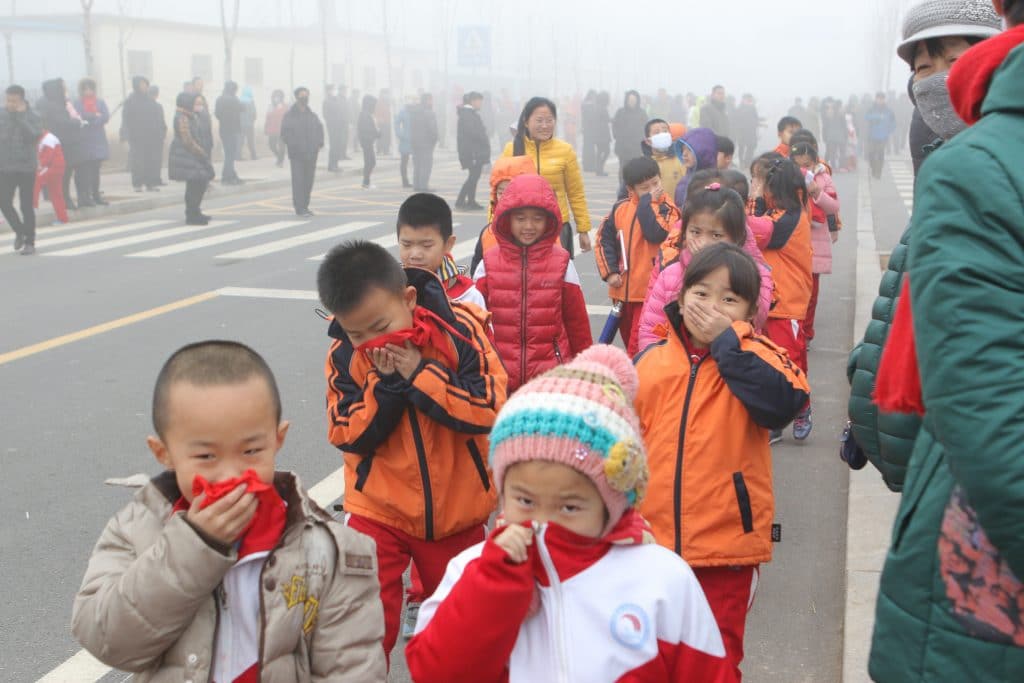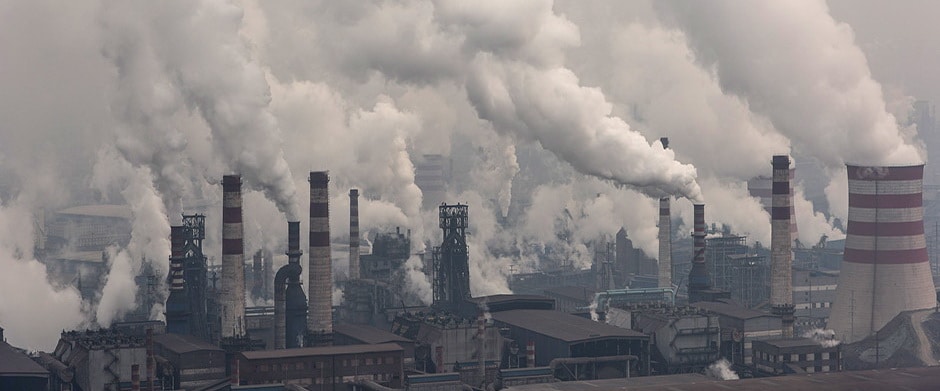Most Shocking
Corruption In My Country? Of Course NOT!

No country in the world is totally free from corruption – fact. Even those countries assessed as the least corrupt internally, have been known to perpetuate corruption in those deemed to be very corrupt, usually in the name of business, or perhaps more accurately – greed.
Transparency International (TI) – an NGO founded by a few individuals in the early 1990s, now based in Berlin but present in over 100 countries – has produced figures which identify the level of “official” corruption in almost all countries, but has also identified external influences which may effect the on-going perpetration of corrupt practices in other than their own country; that is, countries scoring highly on non-corrupt practices at home may facilitate the export to, and perpetuation of corruption in countries at the other end of the scale.
To quote two examples only – TI identifies London as the world’s centre of corruption, as through unmatched influence on the global economic system, private bankers facilitate the movement of funds into and out of the city/country virtually unchecked, thus exporting the conditions necessary for wide-scale corruption to cities and countries worldwide, while simultaneously providing a safe-haven for money, legal or otherwise. Effectively, money-laundering is alive and well in and through the City of London!
 Secondly, although all Scandinavian countries are assessed in the top five least corrupted, allegations that TeliaSonera – a Swedish-Finnish firm 37 per cent owned by the Swedish state – has paid bribes in the millions of dollars to secure business in Uzbekistan, ranked 153rd on the index, has seen the company now withdraw from that Asian region.
Secondly, although all Scandinavian countries are assessed in the top five least corrupted, allegations that TeliaSonera – a Swedish-Finnish firm 37 per cent owned by the Swedish state – has paid bribes in the millions of dollars to secure business in Uzbekistan, ranked 153rd on the index, has seen the company now withdraw from that Asian region.
Corruption is fuelled by lack of access to any number of resources, from land to food to education, so generally the rankings of the more corrupt countries will come as no surprise. TI produces a yearly Corruption Perceptions Index, which measures levels of public sector corruption worldwide, based on the opinion of independent experts. Virtually all the highest scoring corrupt countries are involved in armed conflicts – of the bottom 20 only 10 are assessed as notionally conflict-free, but many conflicts are deemed to arise from frustrations with ‘official corruption’ anyway.
 Additionally, to demonstrate the relative lack of success in combatting corruption, the OECD Convention on Combating Foreign Bribery entered into force in 1990, but of the 41 signatory countries, half show little or no enforcement, 25% only limited enforcement, and 50% have prosecuted no foreign bribery cases at all in 25 years. Since virtually all of the signatory countries export to, and/or have direct business interests in many of the lower ranked countries, with apparently lax attitudes like these, corruption-free global trade is unlikely to be achieved any time soon, to the detriment of peoples the world over.
Additionally, to demonstrate the relative lack of success in combatting corruption, the OECD Convention on Combating Foreign Bribery entered into force in 1990, but of the 41 signatory countries, half show little or no enforcement, 25% only limited enforcement, and 50% have prosecuted no foreign bribery cases at all in 25 years. Since virtually all of the signatory countries export to, and/or have direct business interests in many of the lower ranked countries, with apparently lax attitudes like these, corruption-free global trade is unlikely to be achieved any time soon, to the detriment of peoples the world over.
Somewhat alarmingly, of the 20 most corrupt countries listed, 13 have either gone backwards in combatting corruption, or are still at the same level they were three years previously. However, seven of the ‘least corrupt’ top 20 countries have also regressed somewhat or have just maintained the same level as three years previously, which does not send a very positive message to those further down the list.
Least corrupt countries (Base score 100: incorrupt):
| Rank | Country | 2015 | 2014 | 2013 | 2012 |
|---|---|---|---|---|---|
| 1 | Denmark | 91 | 92 | 91 | 90 |
| 2 | Finland | 90 | 89 | 89 | 90 |
| 3 | Sweden | 89 | 87 | 89 | 88 |
| 4 | New Zealand | 88 | 91 | 91 | 90 |
| 5 | Netherlands | 87 | 83 | 83 | 84 |
| 6 | Norway | 87 | 86 | 86 | 85 |
| 7 | Switzerland | 86 | 86 | 85 | 86 |
| 8 | Singapore | 85 | 84 | 86 | 87 |
| 9 | Canada | 83 | 81 | 81 | 84 |
| 10 | Germany | 81 | 79 | 78 | 79 |
| 11 | Luxembourg | 81 | 82 | 80 | 80 |
| 12 | United Kingdom | 81 | 78 | 76 | 74 |
| 13 | Australia | 79 | 80 | 81 | 85 |
| 14 | Iceland | 79 | 79 | 78 | 82 |
| 15 | Belgium | 77 | 76 | 75 | 75 |
| 16 | Austria | 76 | 72 | 69 | 69 |
| 17 | United States | 76 | 74 | 73 | 73 |
| 18 | Hong Kong | 75 | 74 | 75 | 77 |
| 19 | Ireland | 75 | 74 | 72 | 69 |
| 20 | Japan | 75 | 76 | 74 | 74 |
Most corrupt countries (excluding those in, or effected by conflict):
| Rank | Country | 2015 | 2014 | 2013 | 2012 |
|---|---|---|---|---|---|
| 123 | Madagascar | 28 | 28 | 28 | 32 |
| 123 | Timor-Leste | 28 | 28 | 30 | 33 |
| 130 | Cameroon | 27 | 27 | 25 | 26 |
| 130 | Nepal | 27 | 29 | 31 | 27 |
| 130 | Nicaragua | 27 | 28 | 28 | 29 |
| 130 | Paraguay | 27 | 24 | 24 | 25 |
| 136 | Comoros | 26 | 26 | 28 | 28 |
| 136 | Tajikistan | 26 | 23 | 22 | 22 |
| 139 | Bangladesh | 25 | 25 | 27 | 26 |
| 139 | Guinea | 25 | 25 | 24 | 24 |
| 139 | Laos | 25 | 25 | 26 | 21 |
| 139 | Papua New Guinea | 25 | 25 | 25 | 25 |
| 139 | Uganda | 25 | 26 | 26 | 29 |
| 150 | Burundi | 21 | 20 | 21 | 19 |
| 150 | Cambodia | 21 | 21 | 20 | 22 |
| 150 | Zimbabwe | 21 | 21 | 21 | 20 |
| 153 | Uzbekistan | 19 | 18 | 17 | 17 |
| 154 | Turkmenistan | 18 | 17 | 17 | 17 |
| 158 | Haiti | 17 | 19 | 19 | 19 |
| 158 | Venezuela | 17 | 19 | 20 | 19 |
| 163 | Angola | 15 | 19 | 23 | 22 |
| 167 | Korea (North) | 8 | 8 | 8 | 8 |
Enforcement Levels Combatting Foreign Bribery: overview
Active Enforcement (four countries with 23% of world exports): German, Switzerland, UK, USA
Moderate Enforcement (six countries with 9% of world exports): Austria, Australia, Canada, Finland, Italy, Norway
Limited Enforcement (nine countries with 12% of world exports): France, Greece, Hungary, Netherlands, New Zealand, Portugal
Little or No Enforcement (20 countries with 20% of world exports): Argentina, Belgium, Brazil, Bulgaria, Chile, Colombia, Czech Republic, Denmark, Estonia, Ireland, Israel, Luxembourg, Japan, Mexico, Poland, Russia, Slovak Republic, Slovenia, Spain, Turkey.

Most Shocking
The 10 Most Horrifying Parasites that Infect Humans
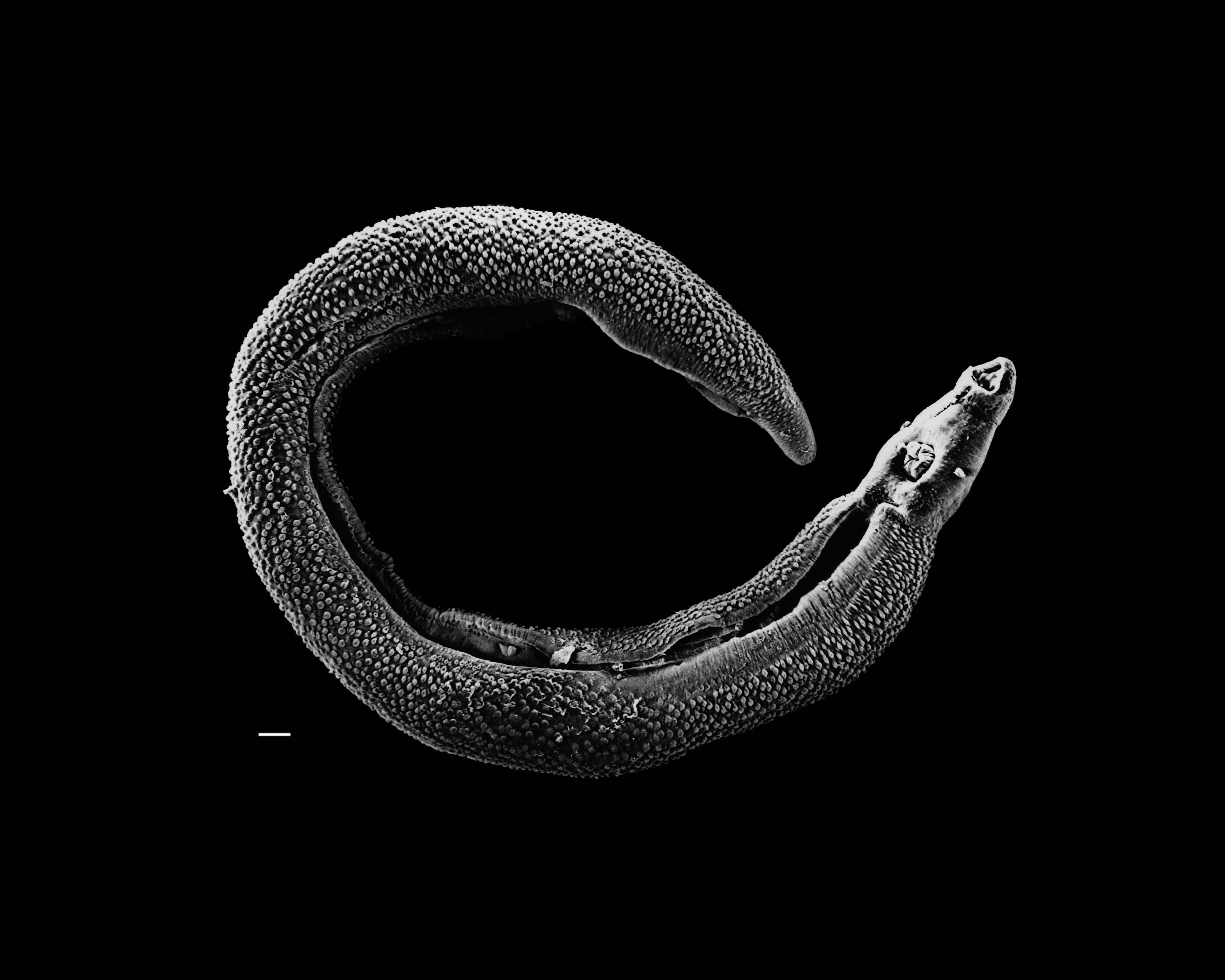
Picture this: You wake up in the middle of the night with a burning sensation in your skin. You turn on the lights and try to locate the source of this feeling, and you see a festering ulcer on your leg. Then you realize there‘s a parasite under your skin using your body as a womb for it‘s offsprings. If that‘s not scary enough, there‘s also a parasitic worm that can slowly move around across your eyeball, which you can feel. Sounds like something out of a horror film, right? Well, these and many more nightmarish parasites are very much a reality.
There are loads of parasites in most living matter around us, but the majority of them don‘t infest humans and focus more on livestock and our pets. But there are some that like to live inside our skin, stomachs, eyes or even brains. Some use us as merely vessels, but others can even kill us. They lurk in contaminated soil, water or even in our pets.
We made this list as a homage to Halloween and the new horror novel ‘The Troop’ (which is both topical and gruesome) by Nick Cutter. Here are the top ten most horrific parasites that can infect humans.
10. Dicrocoelium Dendriticum
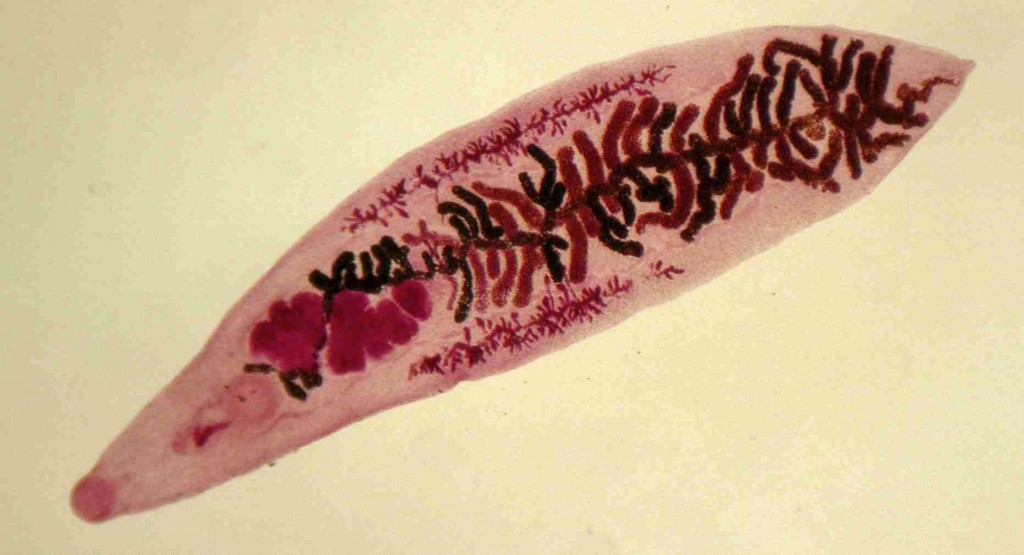
While Dicrocoelium Dendriticum, also knows as Lancet Liver Fluke, prefers settling into the stomach of a cow or another animal out for a late night graze, this parasite is also known to sometimes infect humans too. The initial host of this parasite is an ant, and they are the primary way one gets infected with this parasite, but it‘s also possible to get it from contaminated water. Once contracted, it settles in the bile duct and only causes mild symptoms such as bowel disturbances. However, there are possible more serious cases. Dicrocoelium Dendriticum can potentially cause swelling of the tissue in the bile duct, which causes enlargement and inflammation of the liver. Fortunately, Dicrocoelium Dendriticum is not very common.
9. Giardia Intestinalis
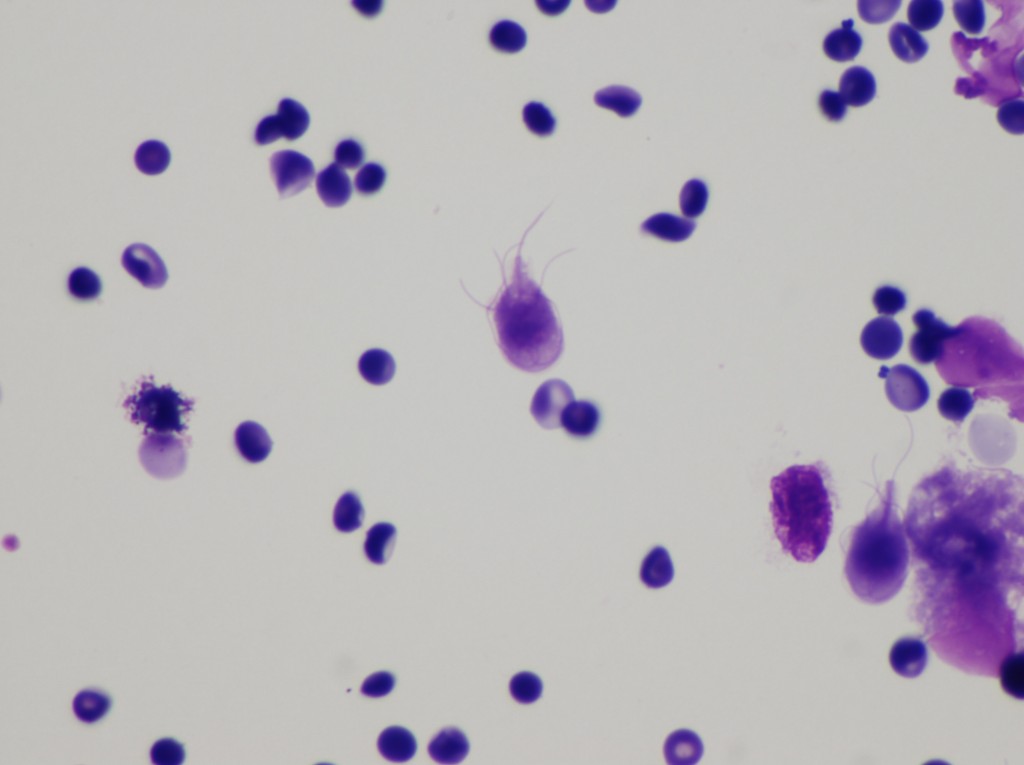
This nasty parasite can be found all around the globe and is considered one of the most common parasites in humans. Giardia Intestinalis is transmitted by tiny microbial cysts found in stagnant unclean water, contaminated food or faeces. Your pet dog, cat or bird can carry this parasite. Once you get infected, this parasite can cause a whole lot of symptoms. They range from not that scary bloating, fatigue, loss of appetite, but can make your life a living hell with noxious, uncontrollable gas (which might cause anyone near you to throw up), rampant diarrhea and vomiting which both might contain blood and pus. The good part is that this parasite leaves a healthy organism after a couple of weeks. The bad part is that it can be dormant inside you right now, since it‘s symptomatic in only 50% cases.
8. Tunga Penetrans
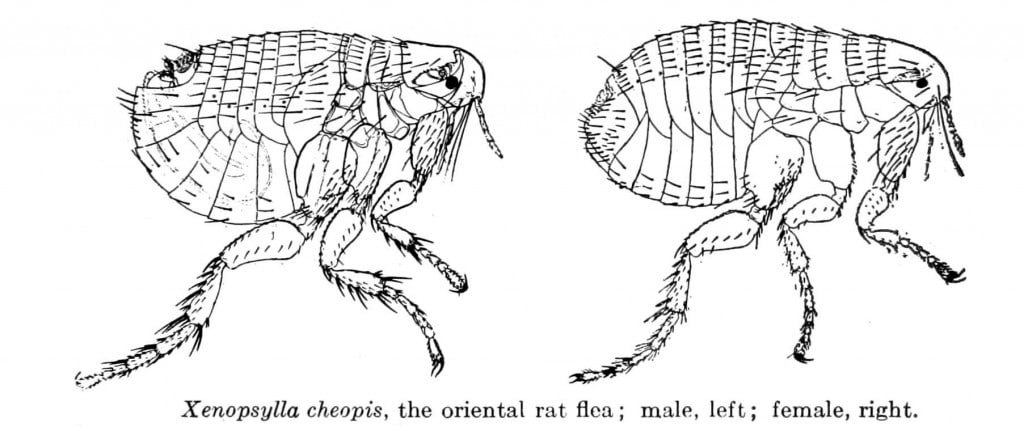
This tropical ectoparasite has many names: Tunga Penetrans, Chigoe, The Sand Flea or Jiggers. This bug makes your feet its host to birth it spawns. The male fleas feed on the potential host‘s blood, then the female flea goes inside the bottom of the foot, leaving her feet and reproductive organs exposed. Soon after that, black blisters start to form as the female prepares to lay eggs. The eggs hatch after a few weeks and the female dies. While the offsprings leave the foot, if the mother‘s remains don‘t fall out or aren‘t removed, they might cause loss of toes and gangrene.
7. Toxoplasma Gondii
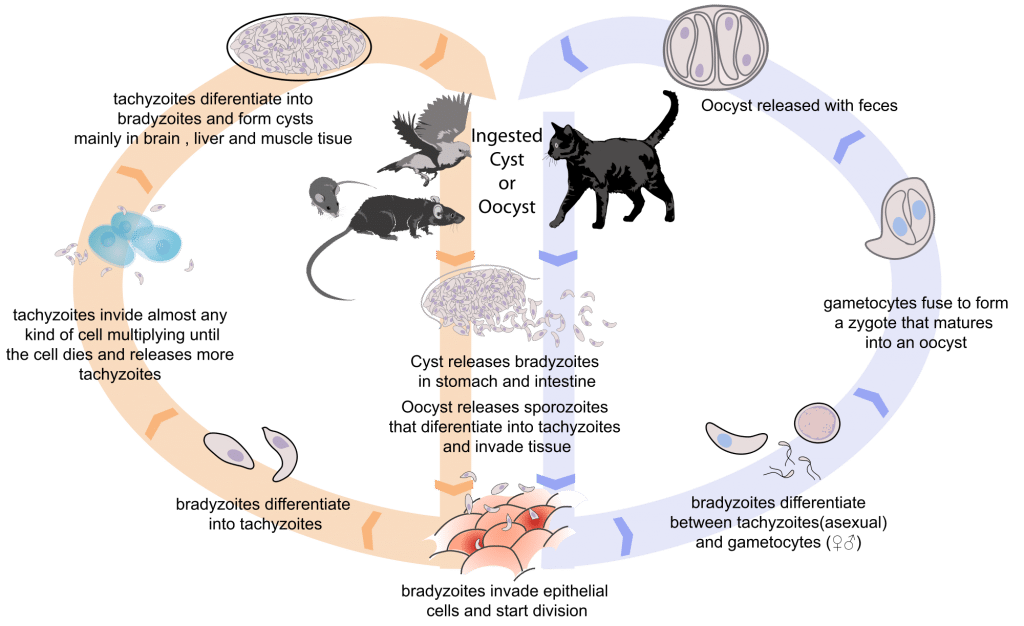
Toxoplasma Gondii shares something with many people around the world – it loves cats. Even though the it is regarded as a feline parasite, it can infect humans quite easily. Through eatining undercooked meat, improperly washed fruit or vegetables, or by contact with a cat, up to a third of world‘s population was exposed to this parasite. When it infects rodents, it‘s almost like it installs a self-destruct mechanism, which causes rodents to seek out cats. Cats, of course, kill these rodents with ease and get exposed to the parasite. Then the human owners can get exposed to it by cleaning up the rodent – digested and left in the litterbox, or the carcass. Most dangerous to pregnant women, since it can harm the unborn child, generally Toxoplasma Gondii only causes Flu-like symtoms, but researchers find links between this parasite and schizophrenia.
6. Dermatobia Hominis
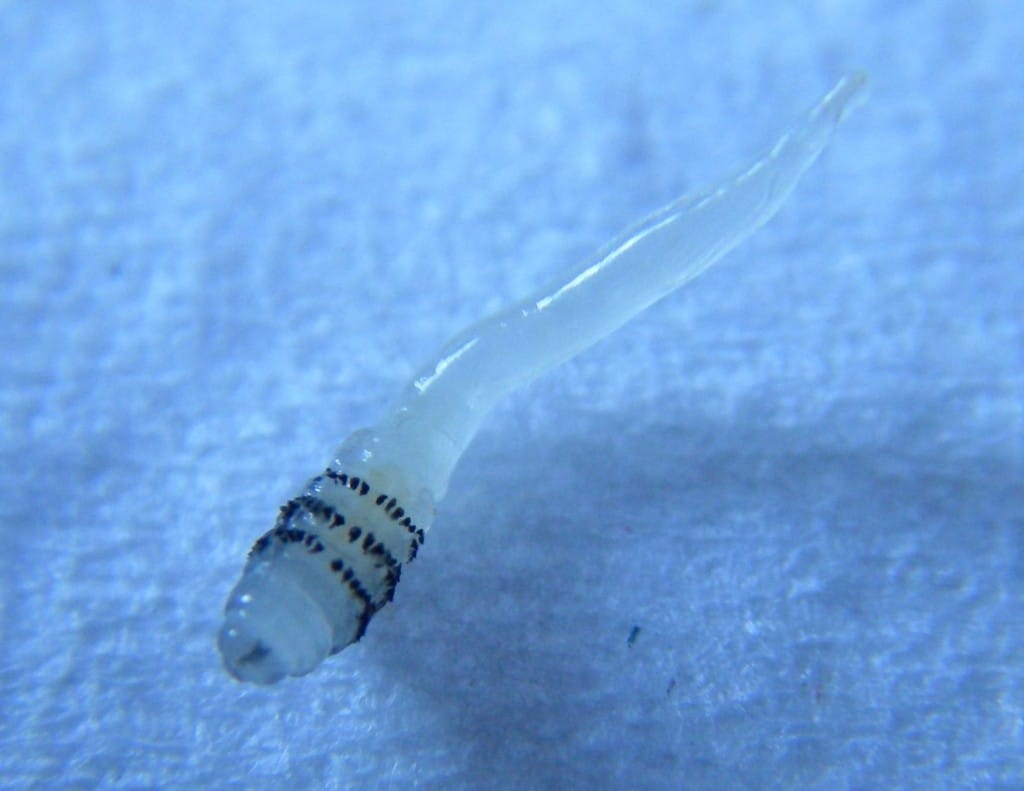
The tropical parasite Dermatobia Hominis, also known as the human Botfly is another tropical parasite. The Botfly lays eggs in insects that feed on human blood such as mosquitoes or ticks. When these insects draw blood from a human, they leave a mass of tiny larvae that burrow into a host‘s skin. Once they get warm and cozy inside the body, they incubate for up to ten weeks, breathing through the hole in the host‘s skin they left burrowing in. The host can feel the larvae moving inside them. If they mature, they will eventually exit the body, but if it they don‘t, the affected area can get infected, requiring a surgery to remove these pesky parasites.
5. Dracunculiasis Medinensis

This infamous parasite is better known as the Guinea Worm. It cans stay dormant inside the host causing no symptoms for over a year, mating inside the stomach. One day a sharp burning pain and formation of blisters begin. In this stage, the host suffers burning pain, fever, nausea and rashes. But the worm is only migrating. Once the blisters pop, the female Dracunculiasis Medinensis uses them to break the skin and release its larvae to repeat the evolution. The only way to remove this worm is a tedious process of wrapping it around a stick, and if it fails, the worm dies inside the host‘s body and causes arthritis, abscess and even paralysis. And all this just for drinking unclean water infected with fleas that contained Guinea Worm larvae.
4. Loa Loa
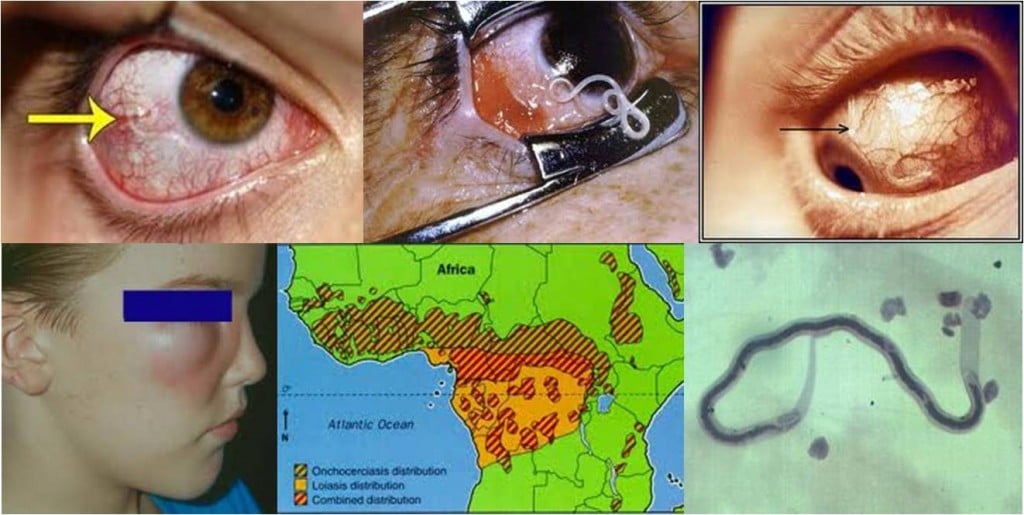
You thought getting a little bug in your eye was bad? Well how about a worm inside your eyeball that you can feel crawiling! Loa Loa is just that. It can be contracted through a bite of certain type of flies. The parasite moves from the initial site of fly bite, leaving swelling and ulcers on the skin until it reaches the eyes. It takes 15 minutes for the worm to crawl from one side of the eye to the other. Fortunately, this nightmare can be cured quite easily with a minor surgery or with antibiotics clearing up the infection. However, an untreated worm can live up to 17 years inside a human body.
3. Filariasis

Filiarisis is caused by different types of Filial Worm and comes with a package of serious diseases. It‘s spread through mosquito or black fly bites. Once in host‘s body, these worms can cause river blindness, which, well, makes you blind, and the famous elephantiasis. It‘s suspected that over 120 million people are infected with Filial Worm that can cause elephantiasis, but the majority of them are asymptomatic. For the unlucky ones with elephantiasis, it causes extreme swelling, which thickens the skin, most often in legs and arms. Usually it also comes to pain, which, coupled with swollen limbs, makes life extremely difficult. Elephantiasis accounts for around 40 million disfigurements and incapacitations globally, which arguably makes it an epidemic.
2. Vandellia Cirrhosa
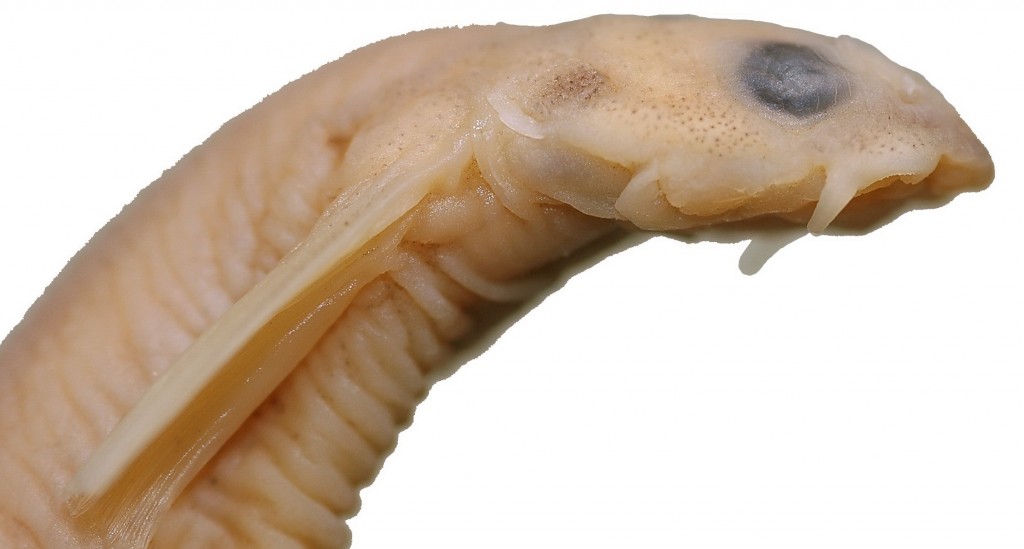
Vandellia Cirrhosa is a tiny catfish. Living in the Amazon, this fish preys on larger fish by attaching itself to them and drinking their blood like an underwater vampire. This fish hunts with it‘s sense of smell. It‘s attracted to the smell of ammonia that‘s secreted by larger fish. It then attaches its razor sharp spine into the gills to feed. When humans urinate, they also release ammonia. This will make you think twice before you decide to relieve yourself while swimming in the Amazon. Vandellia Cirrhosa swimming inside your urethra and attaching itself inside you to drink your blood is hardly worth that convenience. The surgery required to remove this parasite is extremely painful, invasive and, well, humbling.
1. Naegleria Fowleri
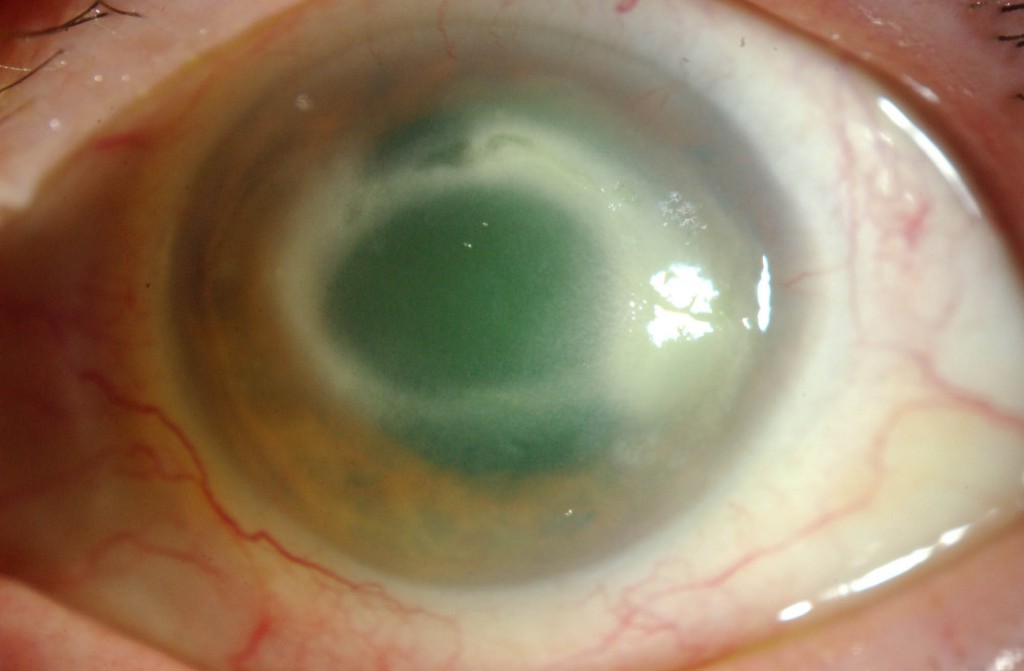
Even though this parasite is quite new Naegleria Fowleri is, in fact, one of the deadliest parasites on the planet. This literally brain eating amoeba causes Primary Amoebic Meningoencephalitis. It lives in water and enters the body through the nose. Within a week inside the host, it begins eating brain tissue, causing symptoms like fever, nausea, vomiting and even hallucinations. That quickly leads to seizures, respiratory failures and the mass destruction of brain cells which ends in death. This terrifying parasite has a mortality rate of 95% and has caused deaths in all kinds of demographics all across the globe. The only comfort is that Primary Amoebic Meningoencephalitis is rare and Naegleria Fowleri is not that common.
Economy
Air Pollution – Almost No-one Is Safe!
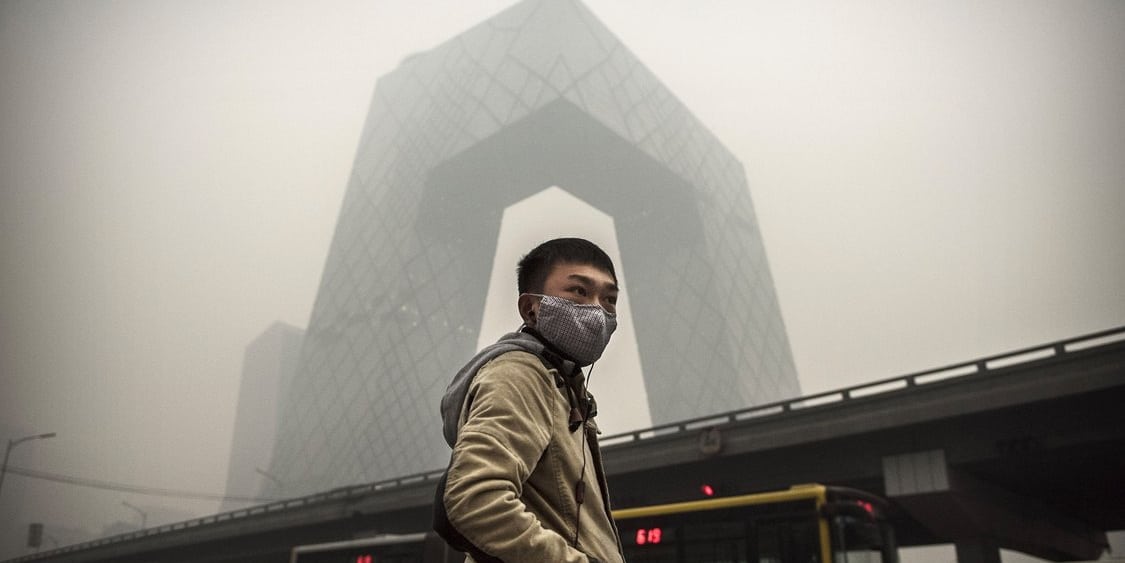
Air pollution is a frequently discussed topic worldwide – of course there are many elements which contribute to pollution overall, such as contaminated water, but unsurprisingly air pollution has the most serious impact on health standards of a large percentage of the world’s population, as it can be seen, tasted, as well as felt detrimentally in breathing. Reduced life expectancy – as low as 40 years in some countries – testifies to the seriousness of the situation blamed on air pollution. Watching or listening to news bulletins these days gives the impression that China – in particular Beijing and Shanghai – has the most serious air pollution problem, perhaps understandable given the large population, increasing urbanisation, accelerating industrialisation in recent years, and significant continuing reliance on fossil fuels. However, statistics are only as good as availability of data allows, so there are several regions and cities suspected as having far more serious problems in terms of air quality levels – reliable data is virtually non-existent for the African continent, with only 16 cities supplying reliable information.
The worst areas for air pollution are actually the Indian sub-continent and the Middle East, but there is no place for complacency around the world in general. The World Health Organisation(WHO) database now covers 3000 cities in 103 countries – of cities with over 100,000 people in low- and middle-income countries, WHO air quality guidelines are NOT met in 98% of them; even in higher income countries, the figure is 56%. Overall, this means that from available data, over 80% of people worldwide live in urban areas, and have air quality readings exceeding WHO limits.
Although deaths are not recorded as being (directly) from air pollution, authorities around the world now accept that the declining quality of urban air in particular increases the risk of death from acute respiratory diseases, lung cancer, heart disease and stroke for the people who live in these areas, with a consequent and potentially unsustainable increase in the costs of health care. WHO estimates are that seven million deaths per year occur prematurely due to air pollution, three million because of the quality of outdoor air. What authorities do about it is another problem!
The Indian sub-continent has a problem similar to that of China, but Iran and other countries of the area are beset by the problem of sand- and dust-storms, which are very difficult to alleviate of course. Such an influence can vary significantly, but then burning the amount of coal for heating varies too, according to season, and the depressing fact is that more fossil fuel will be used in the worst effected areas as they transit through a period of major industrialisation before developing re-usable energy sources, similar to the process already passed by most first-world, developed areas.
Air quality is measured by the concentration of particulate matter – PM2.5 meaning particles smaller than 2.5 micrometres; a concentration of over 10 is considered by the WHO to pose a risk.
Zabol in Iran has recorded the most consistently dirty air, at a PM2.5 measure of 217 largely from dust storms. Following are the Indian cities of Delhi, Gwalior and Allahabad, then Riyadh and Al Jubail in Saudi Arabia. Many more cities in these two areas are at the top of the list, however, limited data from Lagos in Nigeria suggests that this city is in just as much discomfort from air pollution as those previously listed. Similarly, Ulan Bator in Mongolia is located in a natural bowl which retains polluted air above the city, including from burning fossil fuel.
Notable problem cities outside the areas defined above, which also includes southern Turkey, are identified in the following table for air pollution, although by no means as serious as those; secondly, all cities for overall pollution. The third table is of selected major cities, and the fourth the assessed cleanest urban areas in the world.
Air Pollution
| City | PM 2.5 level |
|---|---|
| Mauritius | 66 |
| Urumqi, China | 61 |
| Nanjing, China | 52 |
| Johannesburg, South Africa | 51 |
| Kathmandu, Nepal | 50 |
| Accra, Ghana | 49 |
| Baguio, Philippines | 49 |
| Temuco, Chile | 48 |
| Nis, Serbia | 45 |
| Fresno, USA | 45 |
Other Major Cities
| City | PM 2.5 level |
|---|---|
| Hanoi | 39 |
| Lima | 38 |
| Rio de Janeiro | 36 |
| Venice | 30 |
| Bangkok | 20 |
| Frankfurt | 19 |
| Singapore | 17 |
| Paris | 17 |
| London | 16 |
| New York | 14 |
General Pollution
| Rank | City | Contaminant |
|---|---|---|
| 1 | Linfen, China | Coal |
| 2 | Tianying, China | Lead, heavy metals |
| 3 | Sukinda, India | Hexavelent (steel) |
| 4 | Vapi, India | Chemicals, metals |
| 5 | La Oroya, Peru | Lead, copper, zinc, sulphur |
| 6 | Dzerzhinsk, Russia | Chemicals |
| 7 | Norilsk, Russia | Sulphur dioxide |
| 8 | Chernobyl, Ukraine | Radiation |
| 9 | Sumgayit, Azerbaijan | Chemicals, heavy metals, oil |
| 10 | Kabwe, Zambia | Cadmium, lead |
Cleanest Cities
| Rank | City | Contaminant |
|---|---|---|
| 1 | Calgary, Canada | excellent public transport; efficient garbage processing system |
| 2 | Honolulu, USA | light manufacturing; efficient public transport system |
| 3 | Helsinki, Finland | cheap, efficient public transport, wide streets= little congestion |
| 4 | Ottawa, Canada | efficient public transport, public city-cleaning projects |
| 5 | Minneapolis, USA | light rail, extensive bike lane system |
| 6 | Oslo, Norway | pro-active greening of the city, bus fuel from human wast |
| 7 | Stockholm, Sweden | significant percentage of ‘clean’ vehicles, only light and service industries |
| 8 | Zurich, Switzerland | mass transit options: buses, boats, light rail/street-cars |
| 9 | Katsuyama, Japan | tourist centre promoting cleanliness as a priority |
| 10 | Bern, Switzerland | cleanliness promoted to attract returning tourists |
-

 Rappers9 months ago
Rappers9 months agoYung Berg Net Worth
-

 Singers1 year ago
Singers1 year agoAdam Lambert Net Worth
-

 Models9 months ago
Models9 months agoKendra Wilkinson Net Worth
-

 Producers4 weeks ago
Producers4 weeks agoTeddy Riley Net Worth
-

 Lists4 weeks ago
Lists4 weeks agoWhere are those from “Yukon Men” today?
-

 Singers4 months ago
Singers4 months agoJustin Bieber Net Worth
-

 Celebrity Money10 months ago
Celebrity Money10 months agoThe 10 Best-Paid Musicians in the World
-

 Rappers1 year ago
Rappers1 year agoLecrae Net Worth


